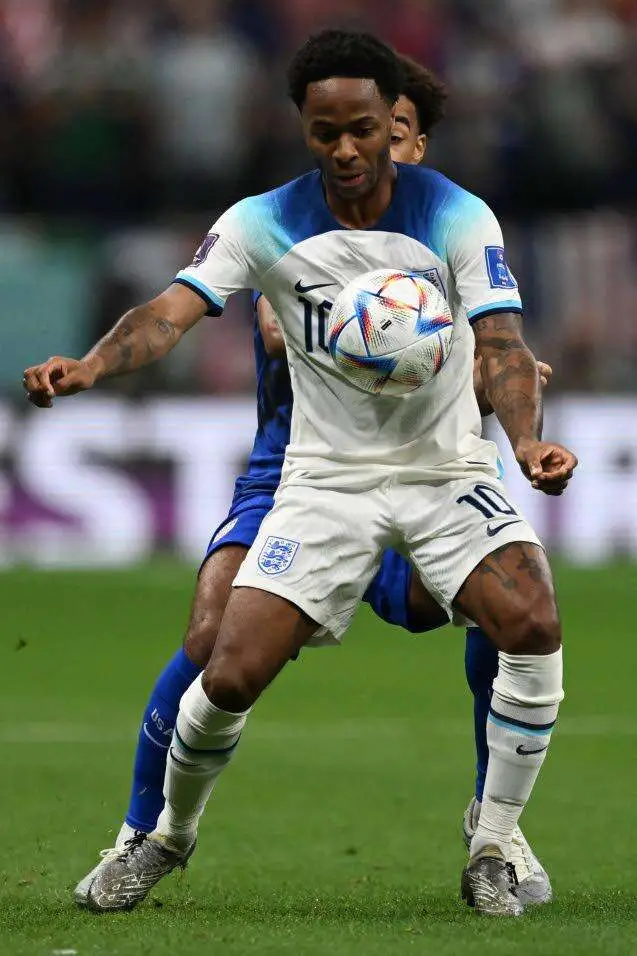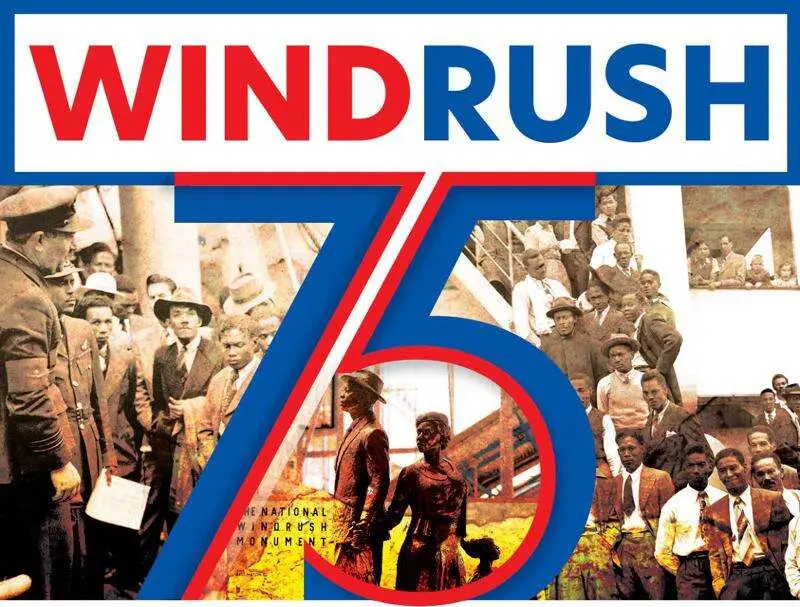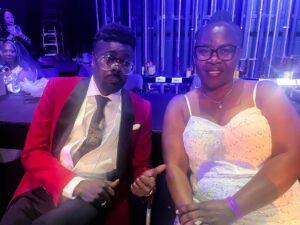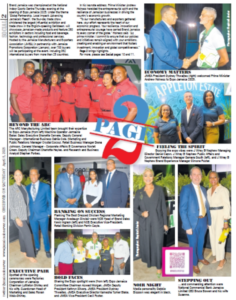
Migration spawned a generation of black footballers
DURING the 2022 football World Cup in Qatar there were 10 black players in England’s 22-man squad, among them star strikers Raheem Sterling, born in Jamaica, and Marcus Rashford, who has roots in Jamaica and St Kitts.
Their presence reflects the impact black players have on the British game, which is the most cosmopolitan in football. Just about every club in the United Kingdom (UK) has a black player — a far cry from the days when racism kept them off the books of even non-League teams.
Before the Windrush Generation (West Indians who arrived in the UK between June 1948 and 1971), there were black players in various leagues. Jack Leslie (Jamaican father, English mother) played for Plymouth Argyle as a striker from 1921-35; Jamaican striker Lindy Delapenha turned out for First Division Portsmouth in their championship-winning 1948/49 and 1949/50 seasons; and John Charles (Grenadian father, English mother) was a defender at West Ham United who became the first black man to play for England at any level when he represented his country in 1963 as an Under-18.
Nottingham Forest defender Viv Anderson, of Jamaican descent, became the first black player for England’s senior team in November 1978, against Czechoslovakia.

Brendan Batson of Grenada is Anderson’s contemporary. He started his career at Arsenal before moving to Cambridge United, then West Bromwich Albion, where he played under influential coach, Ron Atkinson.
At West Brom he was a member of The Three Degrees which included twin strikers Cyrille Regis (born in French Guiana) and Laurie Cunningham, who was born in London to Jamaican parents. Along with midfield sensation Brian Robson they helped make West Brom a competitive First Division unit for most of the 1980s.
In his recently released book, The Third Degree, Batson recalls the challenges he and other black footballers faced in the late 1960s and early 1970s. He also wrote about his playing days in a column for thefa.com website.
“I was very fortunate in that I had a little bit of talent and had some good breaks along the way, but when I look back, I don’t think I saw another black player until I was about 14 when I played against another lad on an opposition team. Out of all the teams in the Regents Park League in London, there was only one other black player who I played with and he was on Tottenham’s books. I thought he was a terrific player. But at the time, his parents wouldn’t let him sign because they said there were no other black players,” Batson wrote.
“So he went off and became an apprentice electrician, and that was something which happened with a lot of black parents who wouldn’t let their kids sign for clubs. But there were a few black players starting to come through at the time, and I’ll always remember at West Ham there were players like Clyde Best [from Bermuda], the Charles brothers and Ade Coker, who was of Nigerian heritage,” he added.
“Gradually, the explosion came in the 1970s and then a seminal moment was when Viv Anderson got his first cap for England in 1978 and before then Laurie Cunningham had played for the U23s. Since then, there’s been hundreds if not thousands of black players whose families arrived at that time and I think we owe a great debt to that Windrush Generation who came through to help develop post-war Britain,” Batson wrote.
Anderson’s breakthrough set the pace for Luther Blissett (born in Jamaica), and John Barnes (born in Jamaica) at Watford, Ricky Hill at Luton Town (Jamaican parents), Ian Wright of Arsenal (Jamaican parents), and Robbie Earle of Wimbledon, who scored Jamaica’s first World Cup goal, against Croatia, at the 1998 World Cup in France.
Barnes, who became a star at Liverpool, represented England at two World Cups — 1986 and 1990.

























